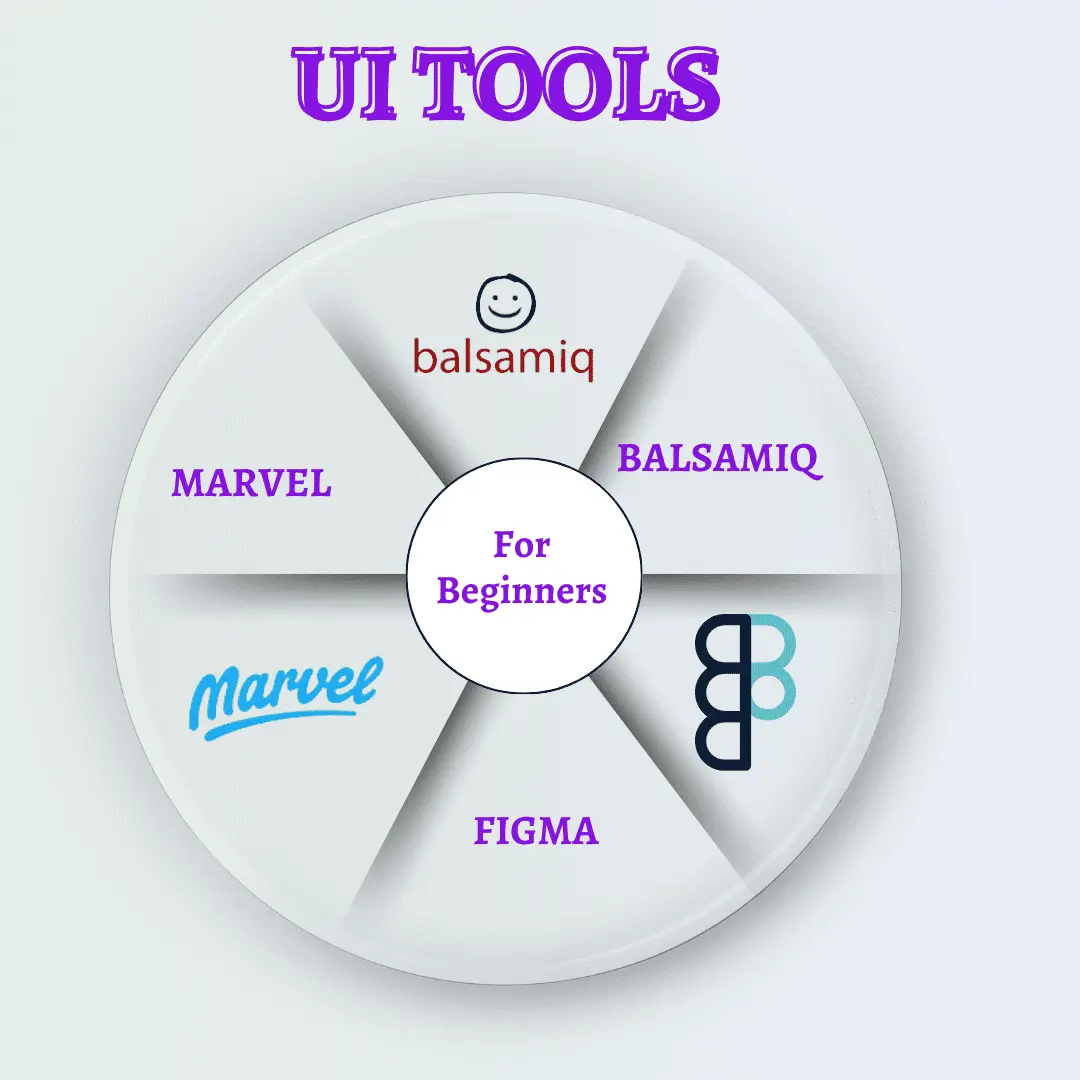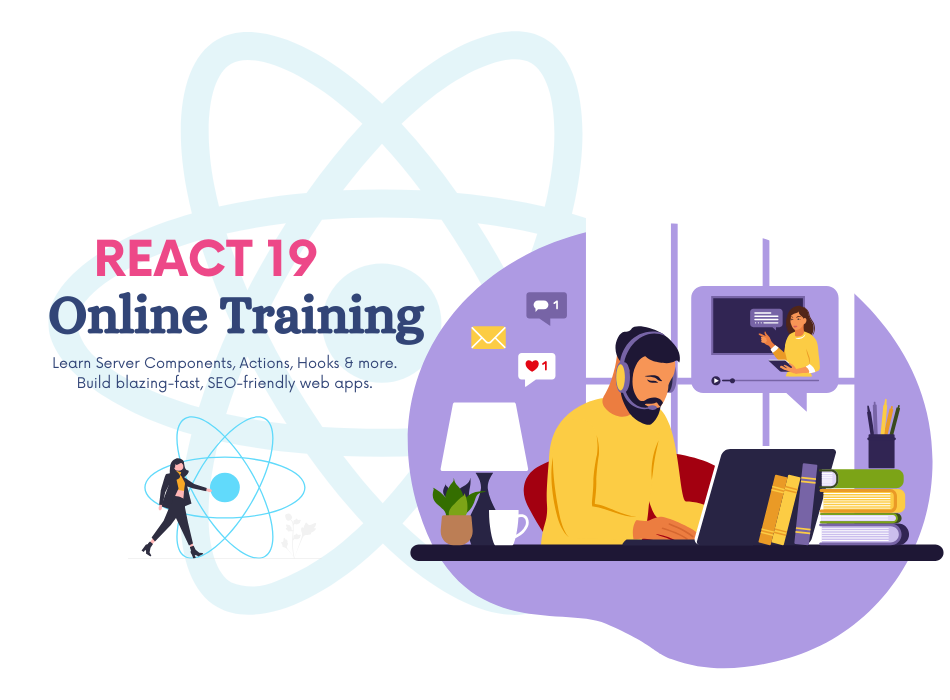Whether or not you're a pro UI designer or simply beginning your adventure, having the proper equipment at your disposal is critical for success. The panorama of UI layout gear is continuously evolving, with new capabilities and talents emerging all the time. This manual will discover the nice gear for UI designers in 2024, catering to each novice and experienced specialist.
Recognizing Your Requirements
before diving into specific tools, it's important to apprehend your character desires and the nature of your initiatives. Do not forget elements like:
- Your talent degree: Are you a newbie, intermediate, or superior dressmaker?
- project requirements: What type of interface are you designing (web, mobile, desktop)? Does it require complicated animations or prototyping?
- Finances: Are you looking for free, freemium, or paid options?
- Collaboration: Will you be working with other designers or developers?
once you have clear information about your needs, you may start exploring the various tools available.
 UI For Beginners
UI For BeginnersTop Tools for Beginners:
Balsamiq
This user-friendly tool lets you quickly create low-constancy wireframes with the use of a library of pre-made factors. Its intuitive interface makes it ideal for novices to understand the fundamentals of wireframing.
Pros:
- Simplicity and Speed: Balsamiq boasts an intuitive interface and a considerable library of pre-made UI elements, taking into consideration the rapid advent of low-constancy wireframes. This is ideal for quickly sketching out preliminary thoughts and consumer flows, specifically for novices.
- Cross-Platform Compatibility: Balsamiq offers both computing device and net-based totally versions, ensuring accessibility and versatility for users no matter their running systems or desired operating environment.
- Offline Functionality: The computing device model of Balsamiq permits you to work offline, making it suitable for conditions where net admission is probably confined.
Cons:
- Limited Functionality: While powerful for low-fidelity wireframing, Balsamiq lacks capabilities like high-fidelity mockups, superior prototyping capabilities, and animation options found in different design tools. This may also restrict its usefulness for later stages of the design system.
- Limited Customization: The pre-made UI elements in Balsamiq, while significant, offer less customization as compared to tools like Figma or Sketch. This can restrict the level of design elements conceivable.
- Collaboration Limitations: While Balsamiq offers fundamental collaboration capabilities, it falls brief in comparison to dedicated layout platforms with actual-time collaboration and strong assignment management functionalities. This is probably a downside for larger groups running on complex tasks.
Marvel (free)
Marvel gives an unfastened plan ideal for novices, allowing you to create basic prototypes and proportion them with others for remarks. Its simple drag-and-drop functionality makes it clean to research and use.
Pros:
- Intuitive interface caters to users of all enjoy ranges
- The platform supports real-time collaboration, allowing group participants to work seamlessly on projects, proportion comments, and iterate effects
- Integrates seamlessly with numerous design equipment and third-birthday celebration applications, improving its compatibility with existing layout workflows.
Cons:
- While efficient for fast prototyping, the platform may lack some of the superior features discovered in other layout gear
- As designs emerge as more problematic, prototyping skills may face boundaries
- Some capabilities are platform-precise, which might also pose demanding situations for groups running through numerous operating systems
Figma (unfastened plan)
Figma's unfastened plan gives admission to simple functions for creating and iterating on UI designs. While the loose plan has obstacles, it allows beginners to test the platform and analyze its middle functionalities earlier than committing to a paid plan.
Pros:
- Excels in actual-time collaboration, permitting more than one group of individuals to paintings simultaneously for seamless teamwork
- It offers flexibility on net browsers and computer packages (Windows and Mac)
- Auto-save and model records capabilities facilitate easy exchange tracking
Cons:
- While user-friendly, Figma's large feature set may also pose a mastering curve for novices or those new to collaborative layout structures
- In larger projects with massive layout elements, overall performance can be impacted unless there’s a green record company
Tools for Intermediate and Advanced Designers:
1. Adobe XD
This complete tool from Adobe integrates seamlessly with other Creative Suite packages. It gives vector drawing skills, prototyping tools, and design handoff features for developers.
Pros:
- Seamless integration with different Adobe Creative Cloud programs
- The platform excels in prototyping, presenting quite a number of interactive capabilities for growing realistic personal reports
- Cloud-based collaboration enables real-time sharing and co-editing.
Cons:
- For inexperienced persons, the massive characteristic set may also pose a studying curve, especially for those unexpected with Adobe's design ecosystem
- Can be resource-extensive, requiring sturdy hardware for the most desirable performance, particularly in large initiatives
- While suitable for UI/UX layout, vector editing competencies may not suit the intensity of devoted vector photograph software

2. Sketch
While usually designed for macOS, sketch remains a famous choice for plenty of UI designers. It boasts a smooth interface, powerful vector modifying tools, and an extensive library of plugins and community resources.
Pros:
- Sketch is praised for its user-pleasant interface
- The vector-primarily based technique permits scalability without loss of satisfactory
- A comprehensive surrounding of plugins enhances functionality, and seamless integration with 0.33-celebration tools helps a more comprehensive design workflow.
Cons:
- Sketch is special to Mac users, proscribing accessibility
- While user-friendly, gaining knowledge of advanced features can also require some time, in particular for the ones new to design tool
- Prototyping abilities aren't as advanced as some dedicated prototyping equipment
3. InVision
Whilst not a layout device itself, InVision is a powerful platform for growing interactive prototypes and handling the layout handoff method. It permits designers to show off personal flows, collect remarks, and collaborate with stakeholders successfully.
Pros:
- The platform excels in prototyping with superior animation and interaction functions
- Serves as a collaboration hub, supporting actual-time collaboration, comment threads, and smooth project sharing
- Enables responsive layout for interfaces that adapt to various display screen sizes and gadgets
Cons:
- Comes with a learning curve, in particular for designers transitioning from simpler gear because of its tremendous function set
- The platform may be useful resource-in-depth, requiring extensive hardware for the highest quality overall performance specifically in projects with complicated animations and interactions
4. Zeplin
This device enables seamless handoff among layout and improvement teams. It automatically generates fashion guides, belongings, and code snippets from Figma, comic strips, and other layout documents.
Pros:
Supports numerous layout file codecs and integration with popular layout equipment.
Enables designers to create interactive prototypes, providing builders with a holistic view of the person's experience and design interactions.
Cons:
Design editing abilities are limited as compared to devoted design tools.
While supplying an unfastened plan, superior collaboration functions and integrations are regularly restricted to better-priced subscription levels
5. Proto.io
This advanced prototyping tool caters to creating excessive-fidelity prototypes with complicated interactions and animations. it is perfect for designers who need to demonstrate complex user flows and test advanced functionalities.
Pros:
- Drag-and-drop functionality allows for short and smooth prototyping without the need for great coding.
- Design groups can paintings together in actual time, making it smooth to collect remarks and iterate on designs
- The device presents a device preview option, permitting designers to peer how their prototypes will look and function on special gadgets
Cons:
- Unlike a few code-centric equipment, advanced customization through coding is quite confined, which can be a drawback for designers with strong coding abilities.
- While the basic features are easy to understand, studying the extra advanced competencies might also take time.
How Do You Pick the Best Tools for UI Design?
With so many alternatives available, choosing the right tool can be overwhelming. here are a few tips to manual your choice:
- Start with your needs: focus on the capabilities and functionalities that can be maximum relevant to your current projects and skill level.
- Explore free trials and demos: most tools offer free trials or demo versions, allowing you to experiment earlier than committing.
- Recall collaboration: If you may be working with others, pick a tool that facilitates seamless collaboration and real-time communication.
- Stay updated: The UI design landscape is constantly evolving, so keep a watch out for new tools and emerging trends.
- Looking ahead: future trends in UI design tools
The following major trends will influence UI design tools in the future:
- AI-powered design assistance: tools are incorporating AI to automate tasks like generating design factors, suggesting best practices, and providing feedback.
- Elevated attention to prototyping and user testing: tools are offering extra advanced prototyping capabilities and integrating with user testing systems, allowing designers to iterate and refine their designs greater effectively.
- Enhanced collaboration features: tools are continuously improving collaboration features to streamline communique and feedback within design groups.
By staying informed about those trends and choosing the tools that best fit your needs, you can make certain that you have the assets necessary to thrive in the ever-evolving international of UI design. The high-quality tool is in the end the only one that empowers you to create your best work. experiment, explore specific alternatives, and find the tools that shape your workflow and task requirements.
.jpg)


